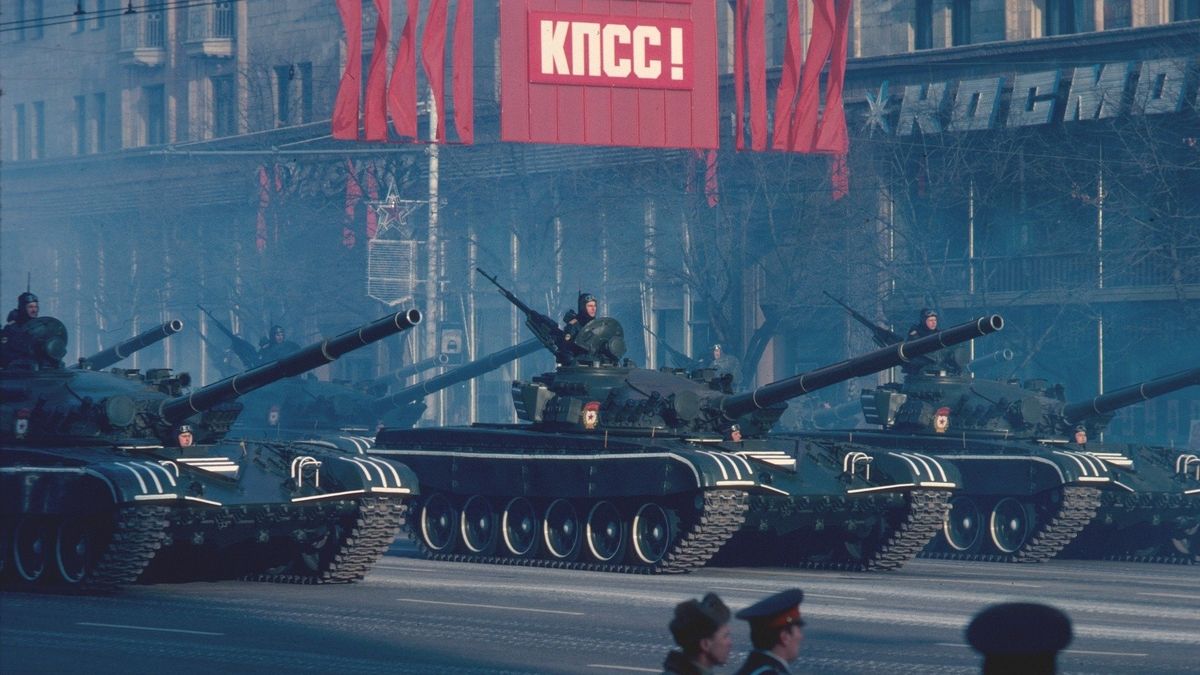
In the annals of military history, the interplay between innovation, strategy, and the indomitable spirit of nations vying for supremacy sketches a narrative that is as compelling as it is complex. Within this intricate tapestry lies the story of the Soviet defense-industrial complex, a saga of ambition striving against the tides of technological and geopolitical challenges. From the rugged terrains of the Spanish Civil War to the icy expanses of the Winter War, the Soviet Union’s quest for military superiority through technological innovation has left an indelible mark on the history of warfare.
The Vanguard of Soviet Armor: The T-26 Tank
The T-26 light tank, a cornerstone of Soviet military might during the Interwar period and World War II, exemplifies the Soviet Union’s commitment to armored warfare. With over 11,000 units produced, this tank was more than a mere tool of war; it was a testament to the Soviet industrial machine’s capacity to support its military ambitions. Its pivotal role in critical battles, such as the Spanish Civil War, the Battle of Lake Khasan, and the Winter War, underscores its significance. However, the T-26 was not without its flaws. Its successes on the battlefield were often shadowed by drawbacks in armor and firepower, highlighting the relentless pursuit of balance between durability and lethality in military technology.
Innovations Beyond the Battlefield: The D-12 Armoured Car and T-38 Tank
The narrative of Soviet military engineering extends beyond the T-26, encompassing vehicles like the D-12 armoured car and the T-38 amphibious light tank. Designed for reconnaissance and anti-aircraft purposes, the D-12 armoured car exemplifies the versatility sought in military assets, aiming to adapt to the multifaceted nature of modern warfare. Similarly, the T-38 tank, developed as a modernized version of the T-37, was envisioned for reconnaissance and infantry support roles. Despite its innovative design, the T-38’s service was marred by limitations in armor and firepower, leading to its eventual replacement. These episodes reflect a recurring theme in the Soviet military narrative: the quest for technological advancement amidst the unforgiving realities of war.
The Broader Canvas: The Soviet Defense-Industrial Complex
The story of individual machines of war such as the T-26, D-12, and T-38 is inseparable from the broader saga of the Soviet defense-industrial complex. This behemoth of military and industrial coordination competed with Western firms for nearly seven decades, producing cost-effective innovations while wrestling with issues of reliability. The development of key weapons projects, such as the Sovetsky Soyuz battleships, Orel and Ulyanovsk aircraft carriers, interwar heavy bombers, Tu-42 super-heavy tank, and Sukhoi T-4 bomber, paints a vivid picture of the complex interplay between technology, military strategy, and the human aspects of warfare. These endeavors not only demonstrate the impact of military and national strategy decisions on Soviet military capabilities but also underscore the strategic direction amidst technological and ideological contests.
In retracing the steps of the Soviet defense-industrial complex and its contributions to the annals of military history, we uncover a narrative that transcends the mere mechanics of war. It is a narrative of human ambition, strategic foresight, and the relentless pursuit of technological innovation in the face of adversity. The legacy of the Soviet Union’s military engineering efforts, epitomized by the T-26 tank, the D-12 armoured car, and the T-38 amphibious tank, continues to inform our understanding of the intricate dance between technology and warfare. As we reflect on these stories, we gain insights into the enduring nature of human conflict and the ceaseless quest for supremacy in the theatre of war.
